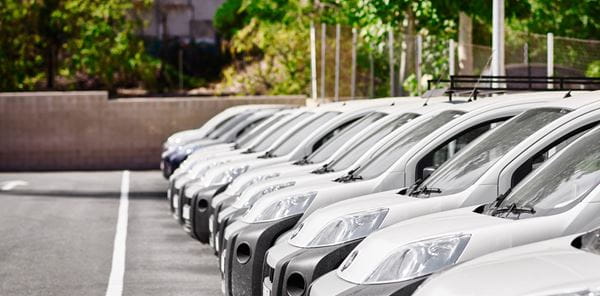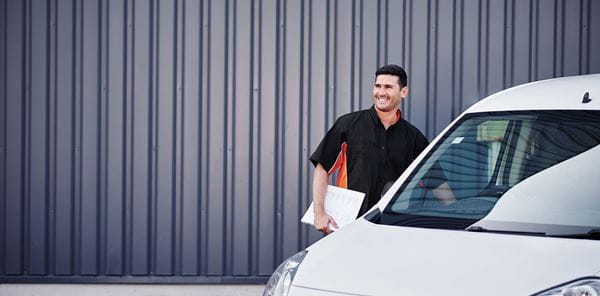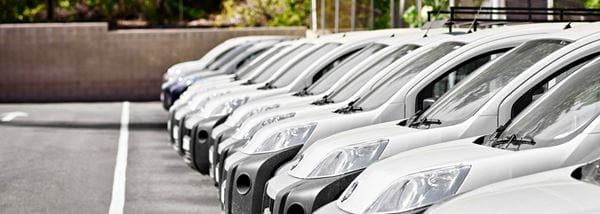
Choosing the right van
All you need to know about how to choose the right van. Your vans carry your business to your customers. And that means you should:
1. Never pick a van out of habit
Driven a certain 3.5 ton van for 20 years? Never wanted anything else? Think again. Vehicles are always evolving, and your business is too. So keep an open mind. Chances are there are options out there that make more sense for you today, in terms of tax, fuel efficiency and whole-life-cost – and tomorrow’s environmental legislation.
2. Pick your accessories wisely
Need special racking? A tail lift? Crane? A tachograph? No problem. Just be aware that these things might need:
- Extra time for build and delivery
- Safety
- Calibration
- Regular maintenance
- Heavy add-ons will impact your fuel consumption (the second largest cost in a leased vehicle after the rental) and they’ll diminish your payload (as does the weight of your driver!)
3. Always be brutally honest about your weight
What are you using your van for? Carrying serious amounts of bulk-bought anvils or taking fluffy new-hatched chicks to free-range bliss? Weight isn’t something to be precious about: Compliance breaches can endanger your whole business and cost you much more than leasing a van made for the extra load. On the other hand, if you’ll only be transporting heavy loads once in a while, it probably makes sense to go for a lighter weight vehicle for day-to-day and rent out a heavy van for the days when you need it.
4. Think about resale value
It's unlikely you'll be driving your van forever. That means you’ll want to maximise the resale value at the end of its leasing life with you. So while air con is usually a good idea (increased value!), alloy wheels aren’t (fancy when you first get them, they’re bound to look grotty by the time you sell). The upfront cost of a good accessory will often be offset by the increased resale value.
More useful information!
Resale value: Good VS. Bad accessories
Establishing the leasing cost is actually quite simple: It’s based on the difference between the cost of a new vehicle and the price that the leasing company can sell it for after the rental ends. Accessories heavily play into that: some of them increase the value of a commercial vehicle although others can make little difference or indeed reduce the value. For example, it is preferable to choose air conditioning, Bluetooth connectivity, metallic paint or interior ply-lining (value add!) than bright and unusual colors or alloy wheels (value loss!).





